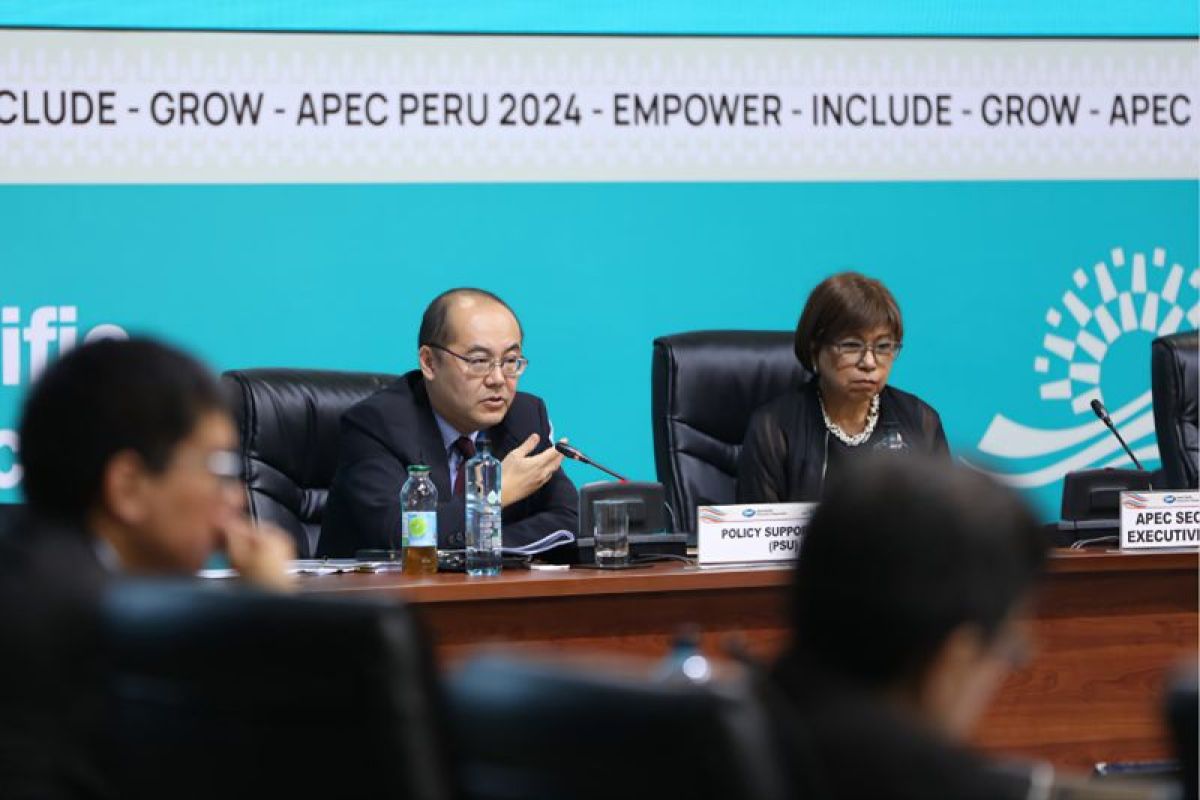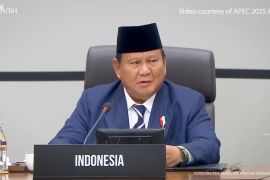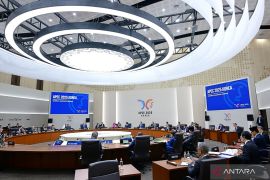The APEC Policy Support Unit (PSU) made the growth forecast in a revised report, as per a released received from the PSU here on Saturday.
The revised report forecasts that economic growth will moderate in 2025 to 2.8 percent, with global uncertainties continuing to put pressure on economic recovery, in addition to the lagged effects of monetary tightening and scaled-down fiscal support measures that APEC economies have to face, the release stated.
Sharing the report at the First APEC Senior Officials’ Meeting in Lima, Peru, director of the PSU, Carlos Kuriyama, warned that protectionism has remained an issue, with the number of trade restrictions and remedies increasing anew in 2023.
“This is something that we need to really pay attention to, especially those (that are) discriminatory in nature as they have the potential to cause some geoeconomic fragmentation ... it is a lose-lose situation for APEC as a region as well as the world,” he said.
“However, we are also seeing an uptick in trade facilitation with the number of measures in force enabling trade increasing from 618 in 2022 to 682 in 2023. This is encouraging,” he added.
Meanwhile, inflation in the APEC region declined to 3.0 percent in December 2023 from 6.1 percent in December 2022. According to the report, while inflation has declined, interest rate adjustments over the past year have partly influenced exchange rate movement.
The currencies of 17 APEC economies depreciated 6 percent on average in the period from February 2023 to February 2024, putting an upward pressure on prices and risking currency mismatch, which may affect payment obligations.
“Monetary authorities need to remain on guard as incidents in the Red Sea and the drought in the Panama Canal are affecting shipping routes and freight costs that, in turn, could fuel inflationary pressures—making things more expensive,” said Rhea C. Hernando, an analyst with the PSU.
“These issues have resulted in extended sailing times by one to two weeks, causing container and vessel shortages, as well as potential port congestion,” Hernando added.
Data in mid-January revealed that composite shipping costs had nearly doubled to reach their highest level in 12 months. Though the latest data, as of 1 February 1, 2024, has indicated some decline, the cost is still significant compared to the level a year ago.
Meanwhile, merchandise trade contracted during the first nine months of 2023 as global demand waned and prices of non-fuel commodities and manufactured products fell.
The export and import value of merchandise trade fell to -7.5 percent and -8 percent, respectively, while the export and import volume of merchandise trade fell to -2.1 percent and 4.7 percent, respectively.
“The good news comes from commercial services trade, which grew 5.5 percent for export and 9.2 percent for imports,” a researcher with the PSU, Glacer Niño A. Vasquez, said.
“Although the growth rates decelerated compared to 2022, we note that travel and tourism as well as some goods-related services such as data services supported this growth,” Vasquez added.
The report also highlights how government expenditure is outpacing revenue generation in APEC, with fiscal tightening expected in the short term. However, the report underlines the importance of finding the right balance between rebuilding fiscal buffers to prepare for future shocks and supporting economic activity.
“We need a combination of balanced monetary and fiscal policies; at the same time, we need to strengthen regional cooperation to resolve the current challenges,” Kuriyama said.
Related news: APEC meeting focuses on quality growth in Asia-Pacific
Related news: APEC pursues new approaches to reignite FTAAP
Reporter: Yuni Arisandy Sinaga
Editor: Aditya Eko Sigit Wicaksono
Copyright © ANTARA 2024











